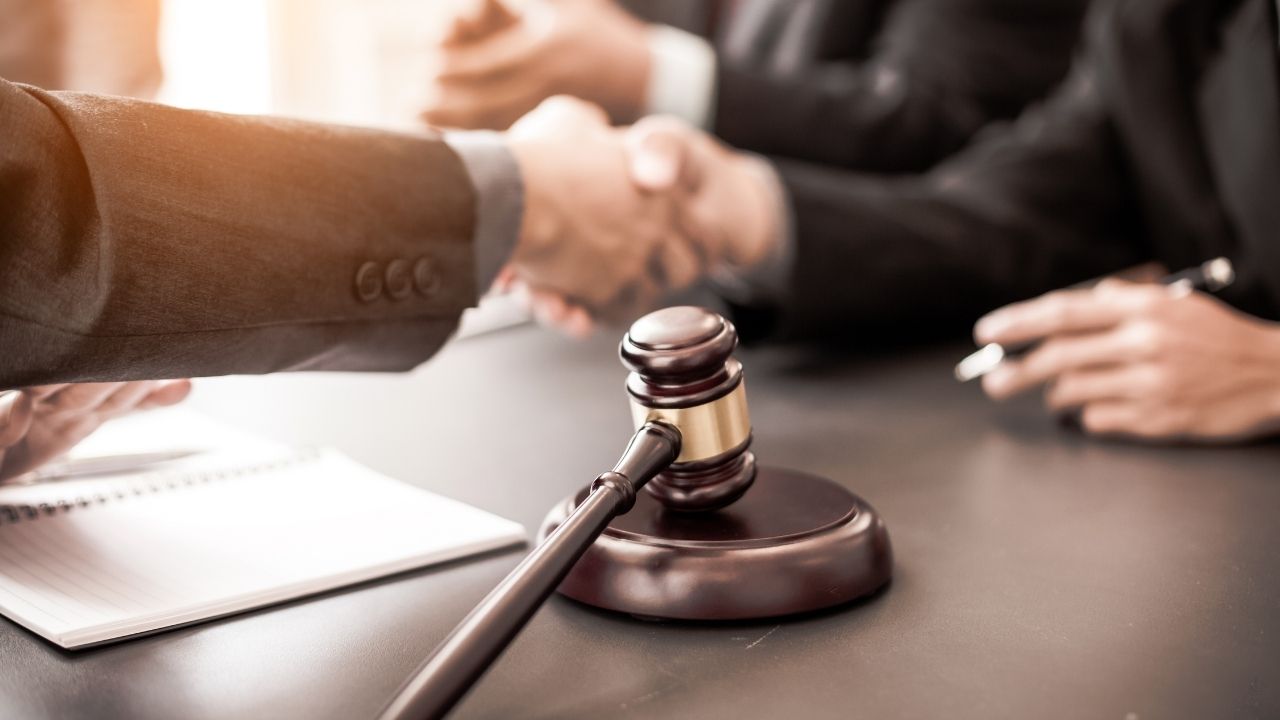Thousands of pedestrians worldwide sustain injuries or lose their lives in road accidents every year. Accidents involving pedestrians can have devastating and life-altering consequences, resulting in significant physical harm, emotional trauma, and financial difficulties. In the bustling city of Las Vegas, known for its high population density, approximately 25% of reported fatalities involve pedestrians.
Although these figures may seem insignificant, the truth remains that pedestrians are only occasionally safe in cities teeming with vehicles. Therefore, there is a possibility that you could become a victim. However, if you are involved in a pedestrian accident in Sin City due to another person’s negligence, you may have grounds to file a lawsuit against the responsible party. In such circumstances, it is advisable to seek the assistance of a Las Vegas pedestrian accident lawyer.
This article examines the essential elements and explores the requirements for proving negligence in pedestrian accident lawsuits.
Duty of Care
The first element necessary to establish negligence is demonstrating that the defendant had a ‘duty of care’ towards the plaintiff. A duty of care refers to the obligation to act reasonably and responsibly towards others while engaging in activities that could potentially cause harm. In cases involving pedestrian accidents, drivers are responsible for ensuring the safety of individuals crossing the street or walking on sidewalks.
Breach of Duty
The next step involves proving that there was a breach of duty, indicating that the defendant failed to fulfill their responsibility under the duty of care. This could include factors such as failing to adhere to traffic signals or signs, exceeding speed limits, using cell phones or texting while driving, driving under the influence (DUI), failing to yield right-of-way, or neglecting proper vehicle maintenance.
Causation
Merely establishing a breach of duty is insufficient; causation must also be proven concerning any resulting injuries caused by the driver’s negligence. It is crucial to demonstrate how the defendant’s failure to adhere to their legal responsibilities harmed the plaintiff (in this case, the pedestrian). The victim must provide medical documentation detailing the injuries sustained from the collision with the motor vehicle, as this will establish the link between the breach of duty and the harm suffered.
Damages
The victim must prove that they have suffered damages due to the accident. These damages may include physical injuries, mental anguish, and financial losses such as medical expenses and lost wages. If someone else’s fault causes an injury, it should not be covered by the injured party’s insurance policy but rather compensated by the at-fault driver.
Expert Testimony
Expert testimony may be necessary for many pedestrian accident lawsuits, particularly when there is a dispute regarding fault for the accident and resulting injuries. In such cases, consulting with experts can provide crucial evidence illustrating what occurred during the crash or offering opinions on how the incident could have been prevented altogether. These cases typically require the expertise of a professional legal representative.
A qualified expert witness may testify in court on behalf of either party, presenting information such as speed measurements obtained through crash reconstruction techniques, identifying pre-existing defects in driving conditions near the accident site that drivers should have addressed, and highlighting any mechanical failures or malfunctions with the defendant’s vehicle that contributed to the loss of control on the road.
Comparative Negligence
It is important to consider comparative negligence when examining examples where both parties share some carelessness, but one party bears the most responsibility for the resulting damage. Comparative negligence laws can affect the potential settlements received by those seeking compensation after a pedestrian accident lawsuit. The specific rules may vary depending on state regulations, which influence the decision-making process of local courts. If both the victim/plaintiff and the defendant/driver share partial blame (negligence), the proportion of fault will impact the settlement accordingly.
For instance, if it is determined that the plaintiff is 25% at fault for crossing the road unsafely, while the defendant was 75% at fault due to intoxication, the plaintiff’s recoveries will be reduced by 25%. This deduction lowers the overall chances of compensation after the court’s judgmental rulings, accompanied by written records explaining the decisions made regarding the apportionment of liabilities between the plaintiff and the defendant.
Wrapping Up
Pedestrian accidents can have severe and life-altering consequences, creating a need for compensation to alleviate the financial burden of medical expenses, lost work time, and other related costs associated with recovery. Individuals involved in pedestrian accident injuries resulting from someone else’s negligence may have the legal right to seek compensation through personal injury lawsuits, so they can get compensated the right way.

